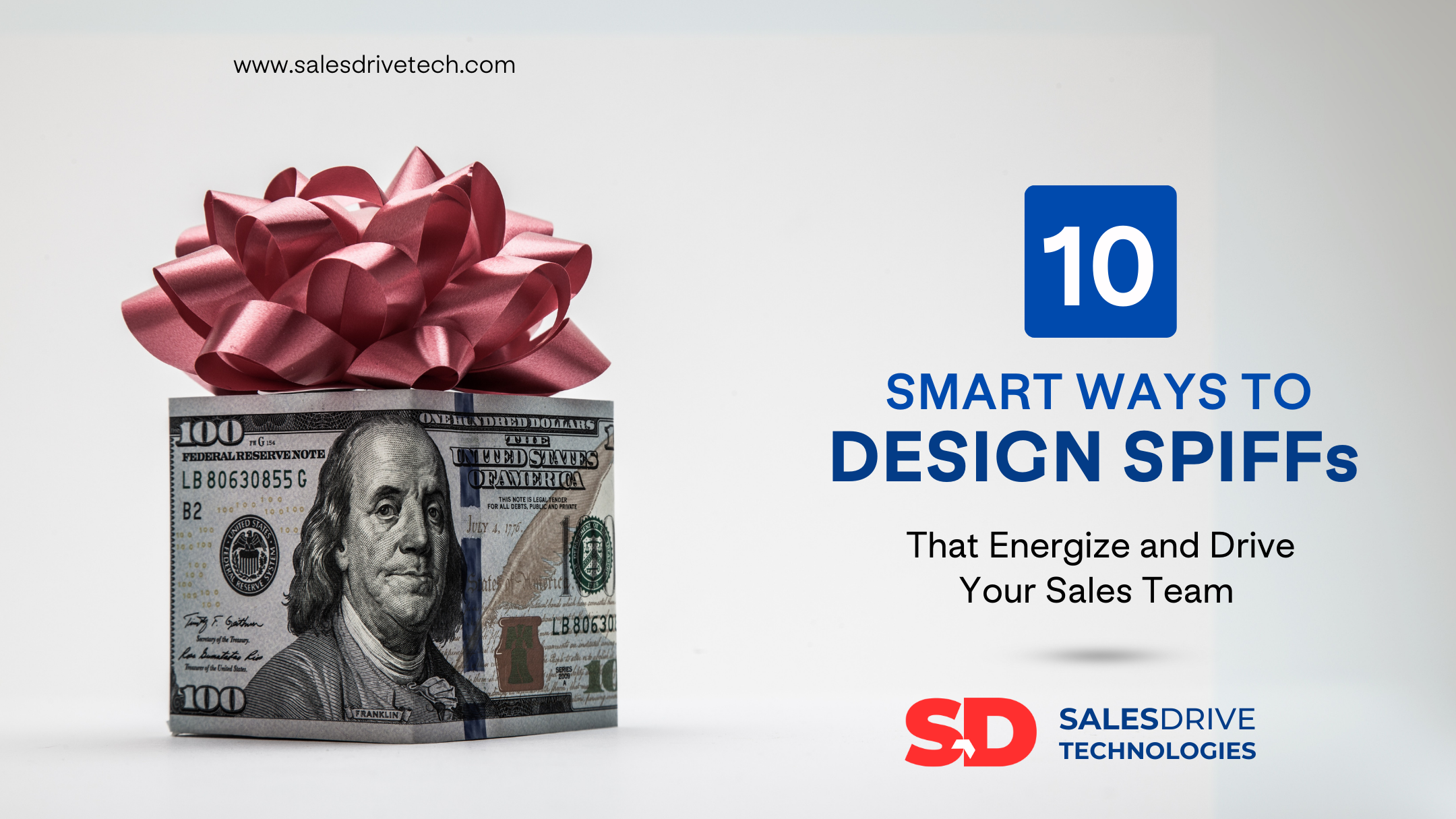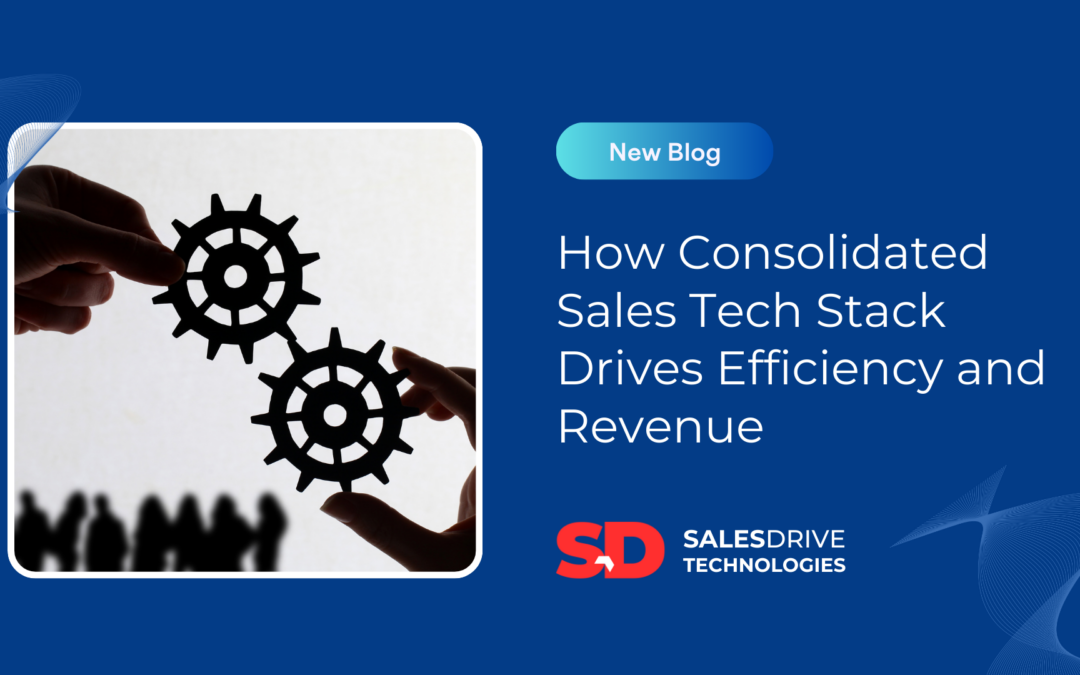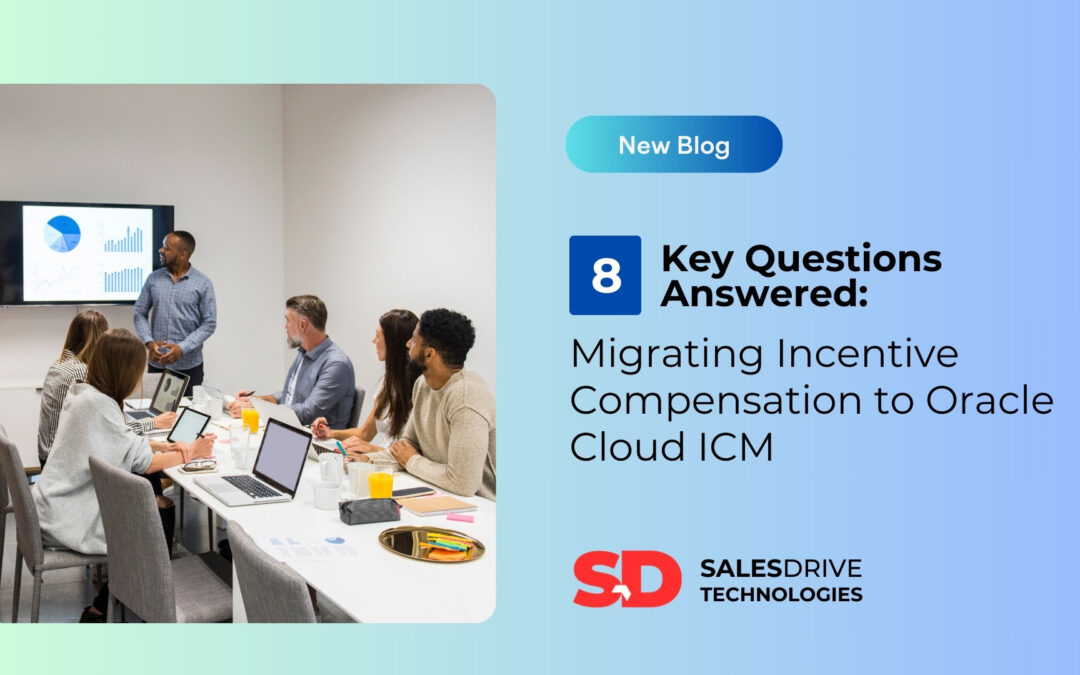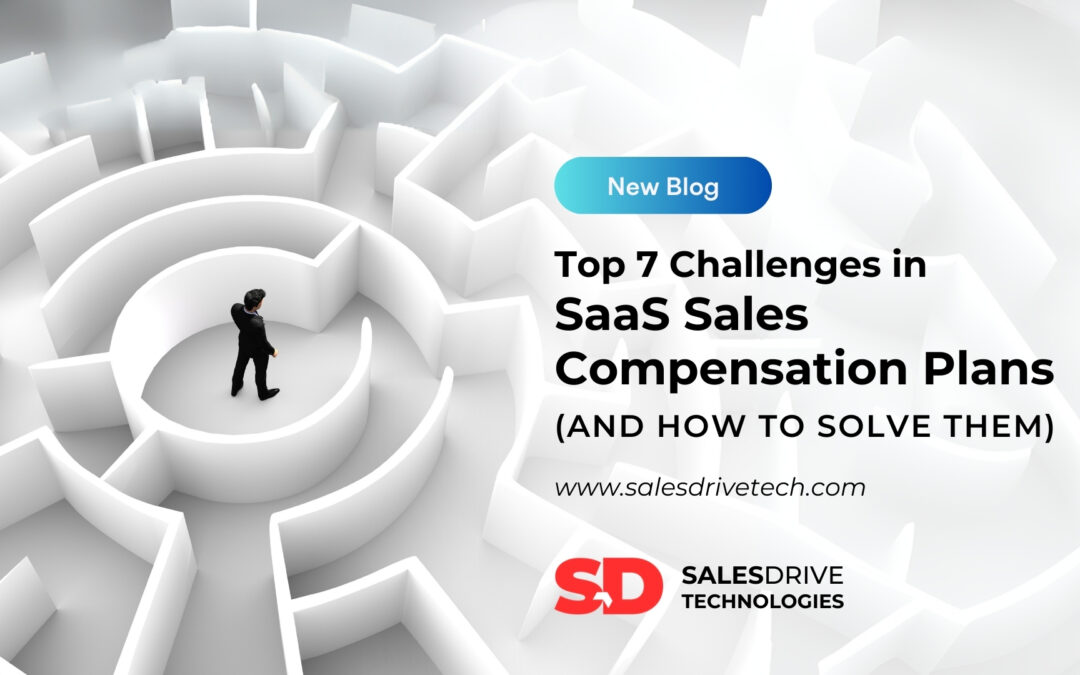One of the most effective ways to drive short-term sales results is through Sales Performance Incentive Funds (SPIFFs). A well-crafted SPIFF program can work wonders for boosting your sales team’s energy, focus, and motivation. These immediate, often smaller bonuses are awarded for specific achievements, such as closing a deal or securing a demo. Unlike traditional incentives, SPIFFs typically offer tangible rewards like reloadable debit cards, gift cards, or even exclusive experiences. If you’re aiming to maximize your sales output, here’s how to design SPIFFs that can significantly enhance performance.
1. Clarify Your Goals—And Measure Them Precisely
When designing a spiff, it’s crucial to align it with your company’s overarching business goals. Whether you’re aiming to boost sales for a new product, enhance customer retention, or drive sales during slower periods, your objectives should be specific, measurable, and focused on no more than two or three key targets. This ensures that every incentive directly supports the company’s success.
For instance, if your company is launching a new service, create a spiff that rewards salespeople for each successful sale of that service. If improving retention is the goal, offer incentives for retaining existing customers or securing long-term contracts.
2. Keep It Simple and Tangible
The best spiffs are easy to understand. If your sales team can’t quickly grasp how to earn the reward, they are less likely to be motivated. Make sure the criteria for earning the spiff are clear and achievable. If it’s too complex or the goals are unrealistic, it could backfire, causing frustration rather than motivation.
A straightforward approach like “earn $100 for every five new customers you sign up this month” is simple, tangible, and easy to track. Tangible rewards like cash, gift cards, or experiential rewards can also enhance the impact of the incentive.
3. Create Short-Term, Time-Sensitive Rewards
Sales spiffs work best when they’re tied to specific time frames. Time-sensitive rewards create a sense of urgency and push salespeople to take action faster. For instance, launching a week-long spiff campaign for achieving certain sales metrics can create excitement and spur immediate action. You can also offer a limited-time bonus for closing deals within a particular quarter or during a special sales event.
Short-term spiffs can help achieve quick wins and boost morale, giving your team a reason to push harder during a crucial period. The key is to make the reward enticing enough to spark a sense of urgency while still being realistic in terms of what can be achieved in the given time frame.
4. Offer Tiered Rewards for Performance
One of the most powerful ways to motivate your sales team is by creating tiered rewards. This approach acknowledges and incentivizes higher levels of performance and creates friendly competition among team members. A tiered system could look like this:
-
Tier 1: Achieve 100% of sales target – $100 reward
-
Tier 2: Achieve 125% of sales target – $250 reward
-
Tier 3: Achieve 150% of sales target – $500 reward
This not only motivates employees to hit their targets but also rewards them for overachieving. It also allows the top performers to be recognized for their exceptional work.
5. Incorporate Non-Monetary Incentives
While cash bonuses are a popular choice for spiffs, don’t underestimate the power of non-monetary incentives. Recognition, status, and unique experiences can drive motivation just as much—if not more—than cash. Some examples include:
-
Exclusive experiences: Access to events, dinner with the executive team, or a VIP company retreat.
-
Public recognition: Recognizing top performers in front of their peers can be a huge motivator.
-
Personalized rewards: Offer prizes that cater to individual interests, like a custom shopping spree or tickets to a favorite event.
These types of rewards can create a sense of pride and accomplishment while adding a layer of personalization that can be more motivating than generic financial incentives.
6. Make It Fun and Competitive
Spiffs are most effective when they add an element of fun and friendly competition. Introduce gamification to your incentive program. Create leaderboards, set team challenges, or host spiff competitions where the top salesperson or team at the end of the month wins a prize. Friendly competition encourages high performers to push themselves further while motivating others to work harder to keep up.
You can also incorporate elements of surprise into the program—rewarding random winners for meeting certain criteria or offering bonus points for unexpected actions (like securing a new client at a trade show).
7. Leverage Technology for Easy Tracking
A crucial part of any spiff program is transparency. Salespeople need to know where they stand in real-time and how close they are to earning the reward. Using sales performance management software can help you track progress, communicate results, and maintain excitement.
With technology, you can automate the tracking of sales targets, reward progress, and update leaderboards without extra administrative work. Sales teams can quickly see their achievements, which enhances motivation and ensures that everyone knows what’s expected of them.
8. Celebrate Achievements Publicly
Recognition plays a big role in maintaining momentum. Celebrate achievements, whether small or large, in front of the entire team. Public recognition not only reinforces the desired behavior but also motivates others to reach for similar goals. Regularly acknowledging the winners in meetings, newsletters, or on your company’s intranet fosters a positive competitive environment.
9. Keep Spiffs Flexible
Sometimes, sales teams need flexibility in their incentives. Salespeople have different motivators, and a “one-size-fits-all” approach doesn’t always work. Offering choices within your spiff program can be a game-changer. Allowing salespeople to choose between various types of rewards—such as cash, experiences, or gift cards—ensures that the incentive resonates with individual preferences.
10. Evaluate and Adapt
Finally, to ensure the continued success of your spiff program, evaluate its effectiveness regularly. Are sales increasing? Are top performers more motivated? Is there a general sense of excitement within the team? Gather feedback from participants and make adjustments as needed. Over time, the best spiff programs evolve to meet the changing needs of the business and the sales team.
Conclusion
SPIFFs are a powerful tool for driving sales performance, but they must be carefully designed to align with your team’s needs and goals. When implemented effectively, the right SPIFFs can energize your sales team, helping them to not only meet but exceed their targets.
Find the Right Sales Incentive Strategy That Works
To truly optimize your sales performance, partnering with the right solution provider is key. Salesdrive Technologies is your trusted partner in driving sales success. As a leading provider of Oracle CX solutions, Salesdrive specializes in utilizing cloud-based technologies to streamline sales processes, improve compensation management, and deliver tangible, measurable results.
Visit Salesdrive Technologies to learn how their innovative solutions can transform your sales operations and help your team achieve its full potential.




